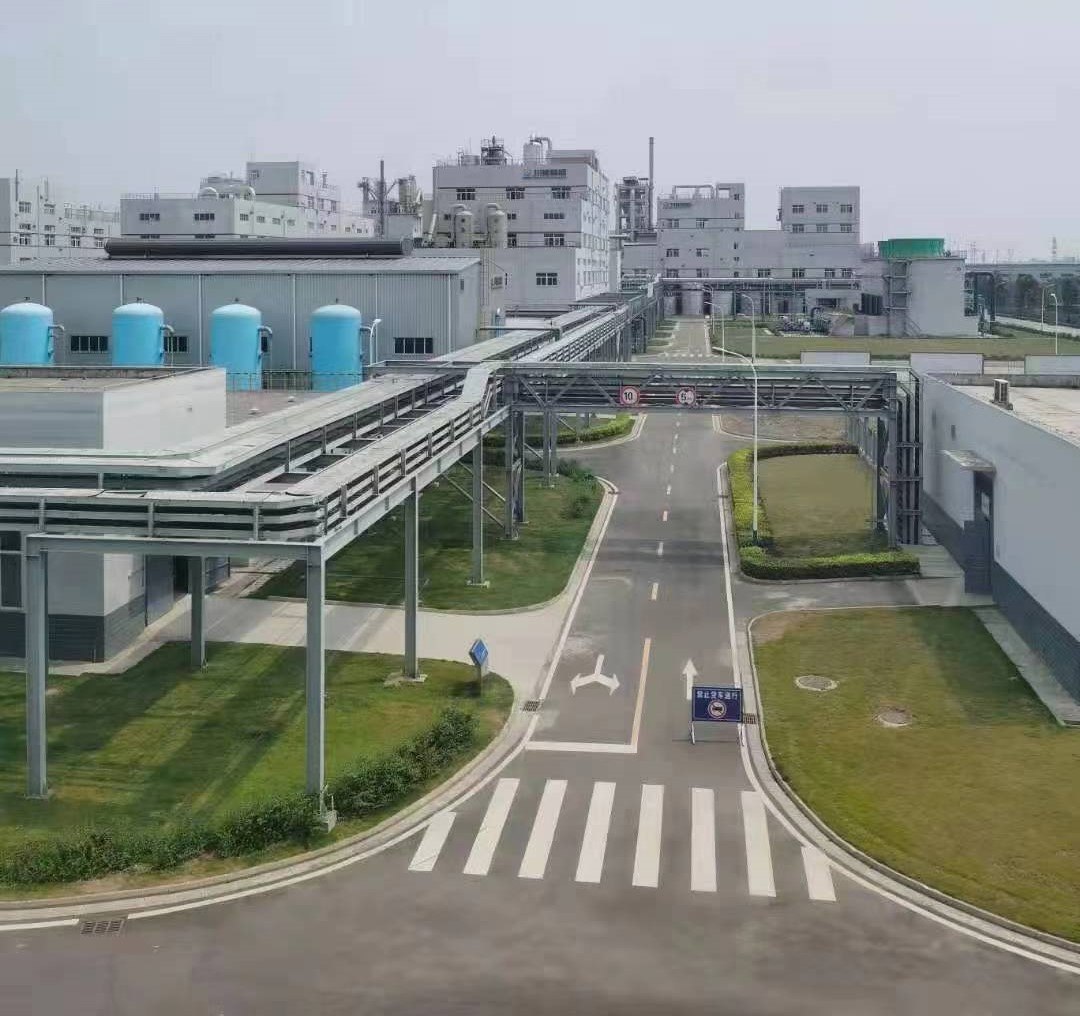Analysis of Nickel Sulfate Market: Electroplating and Battery Level Demand and Challenges
May,12,25
Analysis of Nickel Sulfate Market: Electroplating and Battery Level Demand and Challenges
Nickel sulfate, with the molecular formula NiSO4 · 6H2O, belongs to the category of nickel salts in primary nickel, but not all nickel salts in general. Nickel salts are a broader category that also includes nickel sulfate. The common forms of nickel sulfate in the market include anhydrous, hexahydrate, and heptahydrate, while the commodity form is mostly hexahydrate.
When it comes to nickel sulfate, we have to pay attention to its two main markets: electroplating market and battery market. The demand for nickel sulfate in these two markets has driven their different quality divisions. There are differences in composition between electroplated nickel sulfate and battery grade nickel sulfate. The former has a nickel content of 22.2% and a cobalt content limit of less than 0.05%, while the latter allows a cobalt content of 0.4%. These differences in quality are precisely to meet the needs of different markets and application fields.
In electroplating grade nickel sulfate, the content of cobalt (Co) element is strictly controlled, usually required to be below 0.05%, and even the lower the better, because cobalt is considered a harmful element. In contrast, battery grade nickel sulfate does not have strict restrictions on cobalt elements, as cobalt is one of the essential main elements in nickel cobalt manganese oxide lithium batteries.
Battery grade nickel sulfate now has clear requirements for magnetic impurities such as iron, zinc, and chromium, while electroplating grade nickel sulfate has not yet established relevant standards in this regard.
There are currently no clear data requirements for various indicators of electroplated nickel sulfate, and it is usually only necessary to meet specific usage needs. In contrast, battery material manufacturers have clear indicator standards for battery grade nickel sulfate. As long as nickel sulfate meets the standard, it can basically meet the usage needs.
Expansion of application areas:
In the electroplating industry, nickel sulfate, as a key raw material for electroplating nickel and chemical nickel, has a huge demand. It is widely used in the manufacturing process of many fields such as machinery, instruments, medical equipment, and household goods, playing an indispensable role.
The position of battery grade nickel sulfate as an important source of nickel metal in ternary materials is self-evident. Ternary lithium batteries, as a powerful power source for new energy electric vehicles, are leading the trend of industry development. However, the production status of nickel sulfate is facing a series of challenges. Due to the bottleneck of production expansion, the supply and demand relationship of nickel sulfate is gradually shifting from surplus to shortage, which undoubtedly brings considerable pressure to related enterprises.
In 2017, the global production of nickel sulfate was approximately 500000 tons, with China accounting for 60% and overseas production accounting for 40%. In the same year, China's production capacity of nickel sulfate reached 440000 tons, with an actual output of 326000 tons, an increase of 50% compared to the previous year, and a capacity utilization rate of 74%. It is worth noting that the production concentration of nickel sulfate in China is quite high, with the total production of Jinchuan Group, Gene Nickel Industry, Jiangmen Changyou, Greenmei, and Guangxi Yinyi reaching 66%. Overseas, the production capacity in 2017 was 240000 tons, with an actual output of about 200000 tons and a capacity utilization rate of up to 83%. Specifically, the production contributors include 65000 tons from Sumitomo of Japan, 50000 tons from Russian Nickel, and 25000 tons from Umicore.
The further expansion of nickel sulfate production capacity at home and abroad does face many challenges. Due to nickel sulfate being listed in the hazardous chemical inventory, new production capacity must undergo a safety and environmental assessment cycle of up to 2-3 years, which to some extent limits the rapid increase in production capacity. Therefore, the current increase in nickel sulfate production capacity mainly relies on the expansion of existing production enterprises.
At the same time, in May 2018, in response to the central environmental protection campaign, various regions across the country took action, and processing plants involving nickel pig iron, nickel sulfate, etc. were affected by varying degrees of production reduction or shutdown. The market's response to supply cuts has become increasingly tense. It is expected that the global nickel sulfate market will gradually shift from oversupply to supply-demand shortage in the future.
Nickel sulfate has a wide range of applications in multiple fields. In the printing and dyeing industry, it plays a crucial role; At the same time, the pharmaceutical and catalytic industries also have an important demand for nickel sulfate. It is worth mentioning that the electroplating industry has extremely high requirements for the purity of nickel sulfate. Good and high-purity nickel sulfate is the main nickel salt for electroplating nickel, ensuring the smooth progress of the electroplating process.






